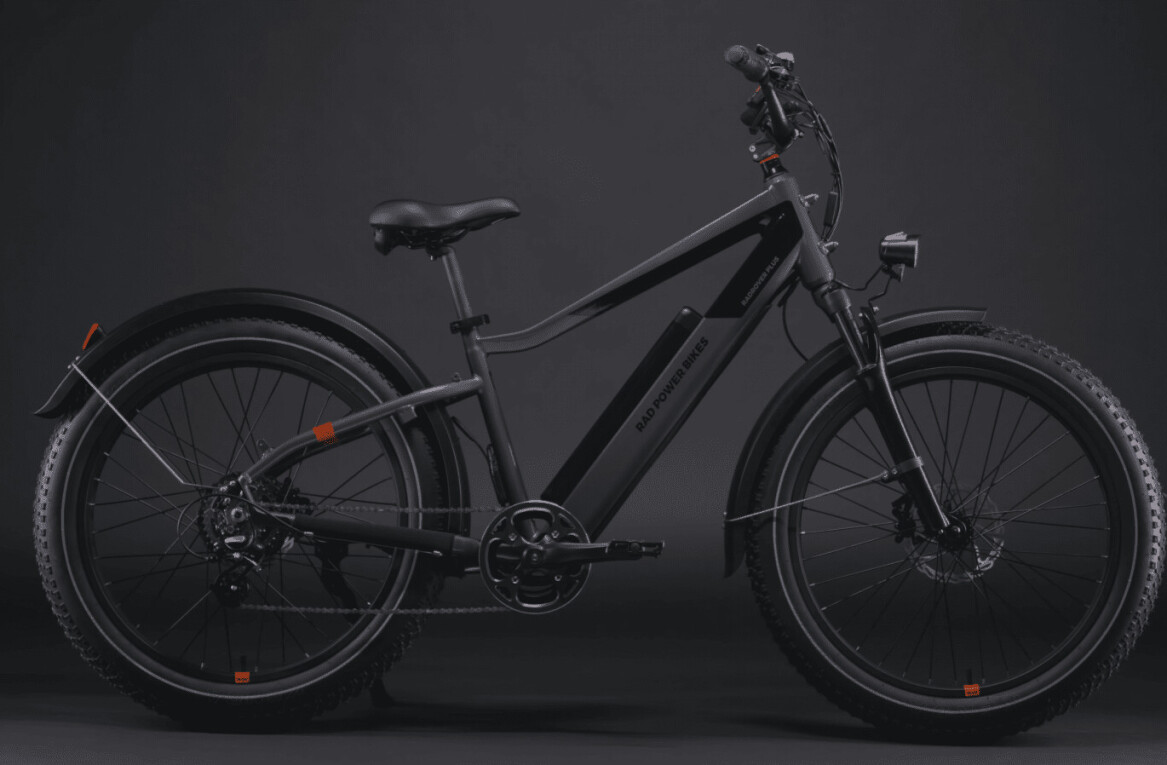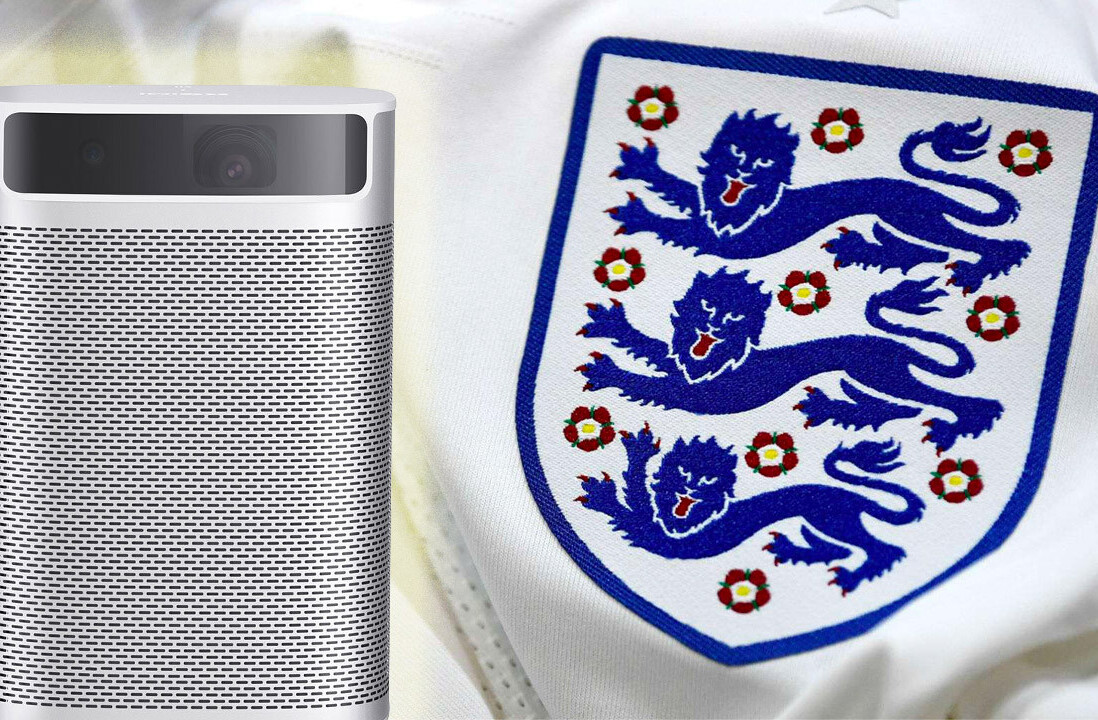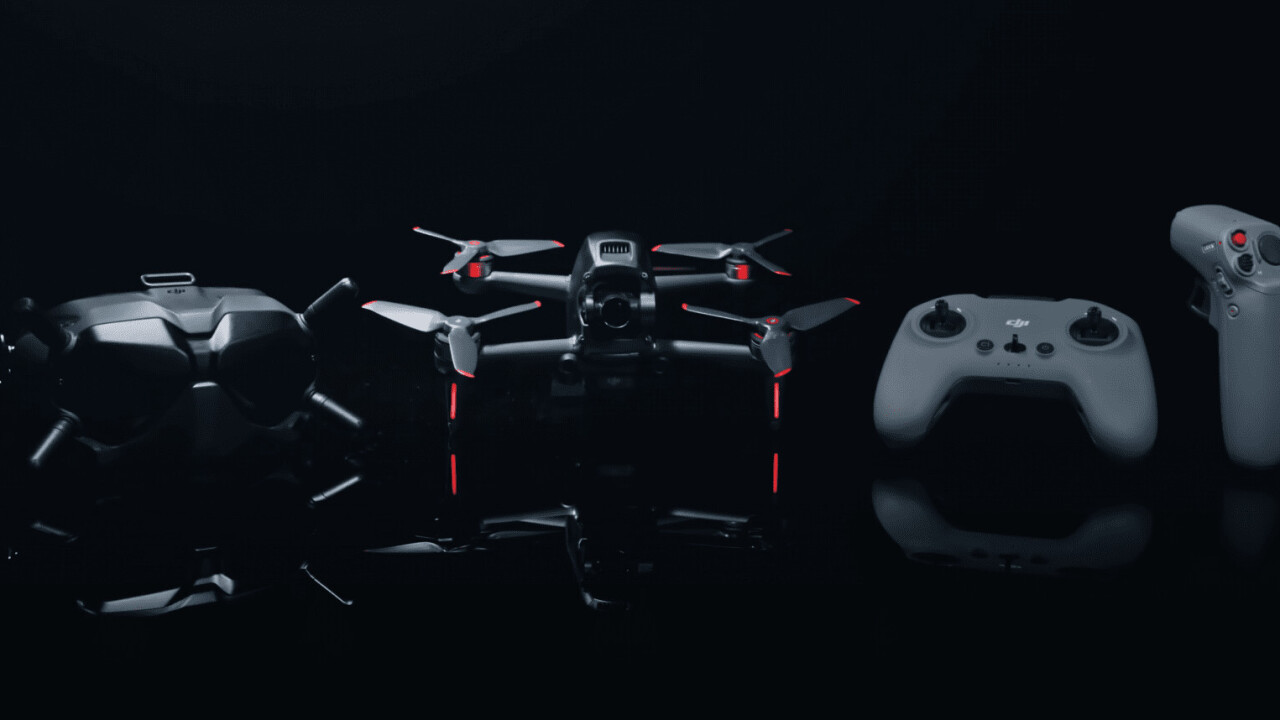
DJI today announced its first real entry into the first-person view (FPV) drone category — and it’s quite different from any of the company’s other drones. Capable of going 140 kph (87 mph) but still offering many of the smart features available on the company’s other drones, the DJI FPV looks like a fun option for experienced drone pilots and newcomers alike. It’ll cost you a pretty penny though, at a starting price of $1,299.
For those not familiar, FPV drones are basically immersive drone-flying experiences, involving a headset akin to VR goggles (although they rarely feature a 3D effect). FPV drones are often used for drone races and other high-speed theatrics. Unlike other DJI drones, which have emphasized the filming and photography experience — and which therefore prioritized convenience and obstacle avoidance — the FPV appears aimed primarily at those who like the flying part of drones.
While FPV drones have traditionally been an enthusiast corner of the market, DJI’s take hopes to capture the fun of FPV flights while making them more accessible for newcomers.
Most notably, the drone comes with multiple flight modes aimed at different skill levels. If you’re not familiar with FPV drones, for instance, you might not realize that they don’t usually hover in place on their own. But in DJI’s Normal mode, the drone will do just that, as well as use its various sensors to help the drone slow down (although not stop altogether) when approaching obstacles. It essentially works the same as other mainstream drones, except you’re using immersive goggles instead of a phone display.
There’s also Manual mode, which allows the drone to maneuver in all sorts of ways, but disables all the crutches. No sensors, no hovering — you’re on your own. But then there’s the unique Sport mode, a step in between the Normal and Manual. It offers much of the maneuverability of the Manual mode, but will still try to slow down upon detecting an obstacle.
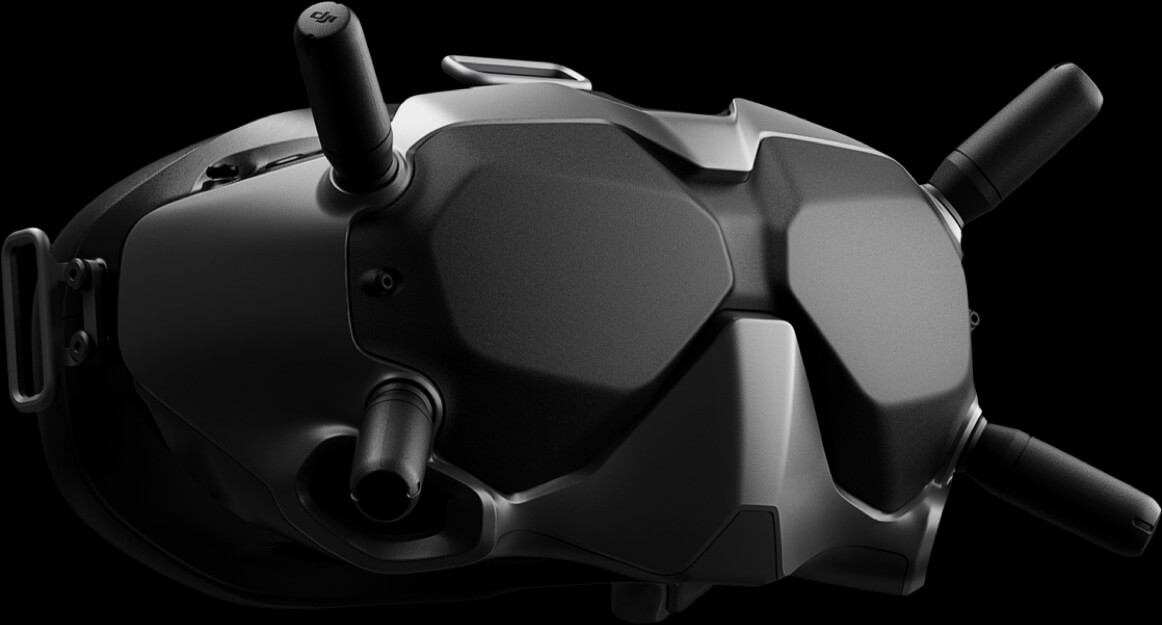
Another neat touch: The drone’s controller also includes an emergency brake and hover button — which also works in Manual mode — helping prevent expensive crashes.
The FPV Goggles themselves claim to outperform competing goggles, despite using digital technology. Most high-end FPV goggles are analog due to latency issues, but DJI manages to keep latency under 40ms, while enabling a 1440 x 810 resolution at 60fps. Meanwhile, the ‘Smooth’ mode decreases latency to 28 ms, and bumps up the framerate to 120fps. Lastly, an ‘audience’ mode lets you bring up to eight others along for the ride through additional goggles.
The camera itself films at 4K and 60 fps or 1080p at 120 fps. It also uses DJIs RockSteady stabilization to minimize shaking and rolling shutter, and distortion correction software helps cut down on the typical fish-eye distortion in FPV lenses. DJI’s transmission technology goes as far as 10 km, and sends video at up to 50Mbps.
The DJI FPV is also designed to be more repairable than DJI’s other drones; the gimbal camera, landing gear, and top shell are easily replaceable. Battery life, meanwhile, is rated at 20 mins.
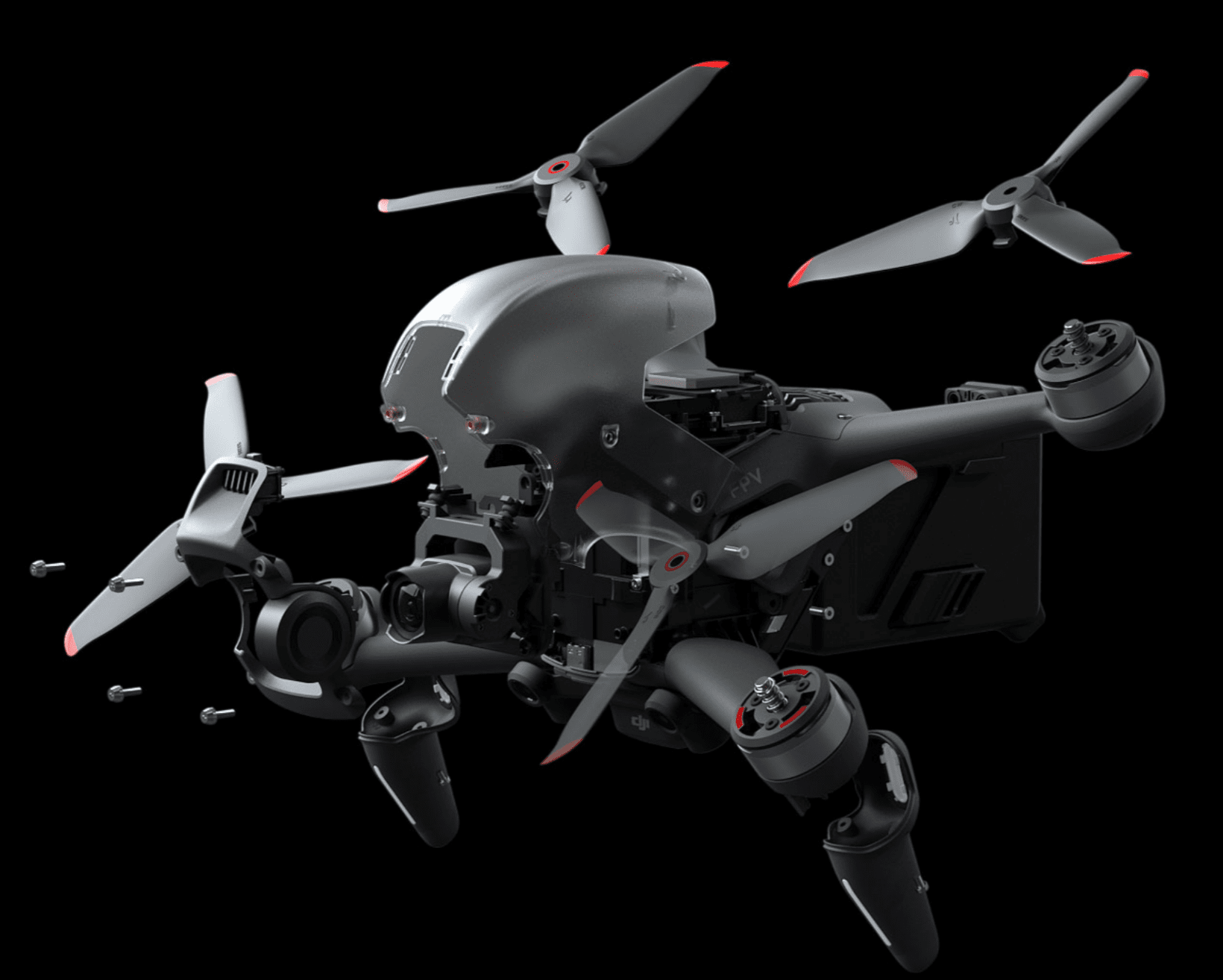
It’s worth noting that the DJI’ FPV’s performance specs are by no means revolutionary in the world of FPV drones — I’ve seen faster speeds and lower prices. Still, there isn’t anything out there I’m aware of that quite mates FPV drone performance with DJI’s accessibility and sleek software.
The drone is available starting today for $1,299 — including the drone, controller, goggles, and one battery. For $299 more, you can get teh Fly More Kit, which offers two extra batteries and a dedicated charging hub.
Get the TNW newsletter
Get the most important tech news in your inbox each week.

